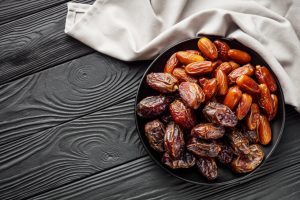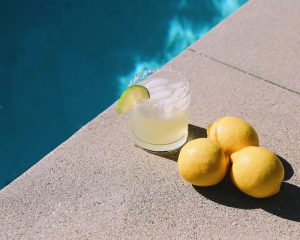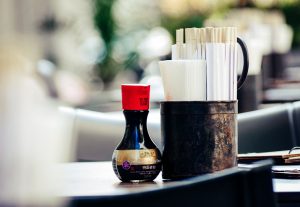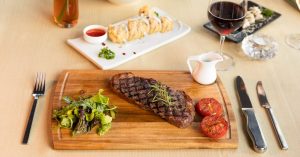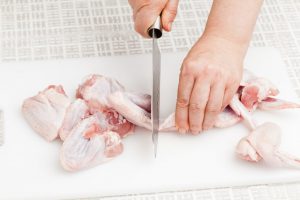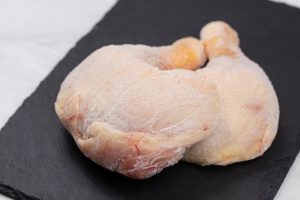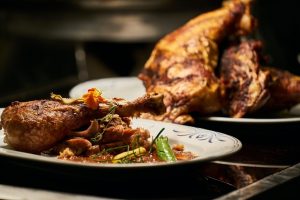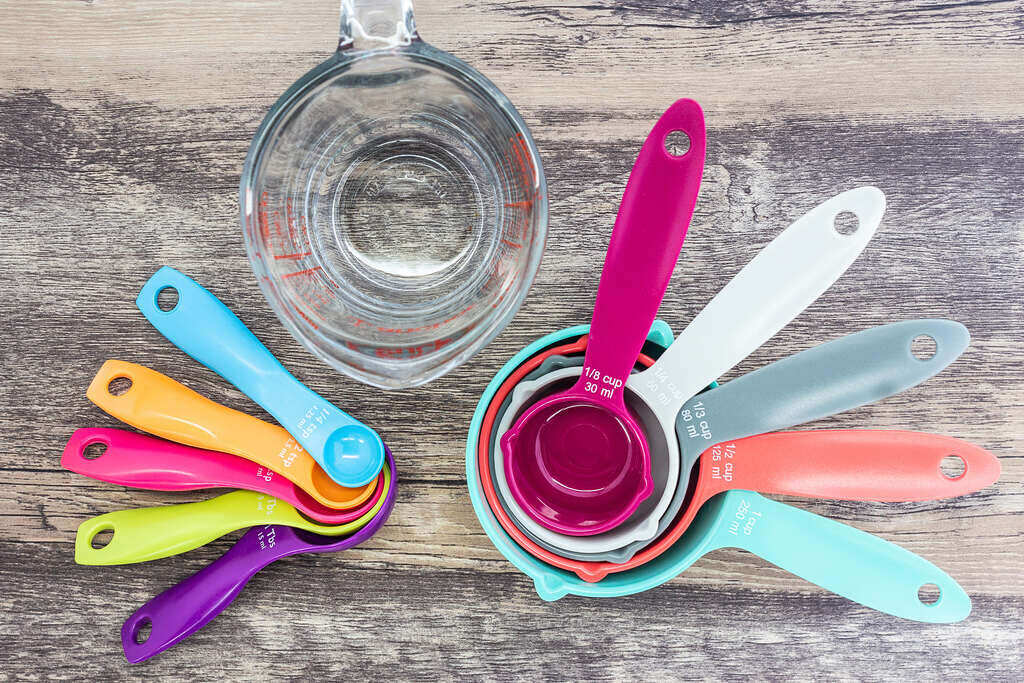
Have you ever had moments when you stopped in your tracks while baking delicious dessert recipes? It might be because you’ve poured the wrong ingredient into the batter or because you realized you have no idea how many ounces in a cup there are. Well, you’re not alone in this! Many experienced bakers have been through the same kind of ordeal.
If you’re looking to solve your ounce-to-cup measurement worries, then look no further. This article equips you with handy conversion charts for your next baking project! Read more as we also have some useful tips for measuring dry and wet ingredients you might need below.
How Many Ounces In a Cup: Conversion Guide
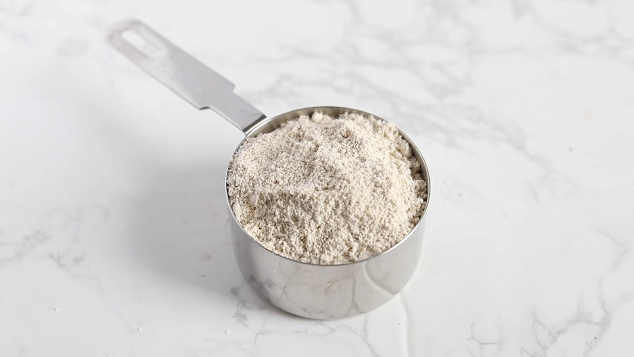
The first thing you have to understand when measuring ingredients for dessert recipes like, say, a no-bake oreo cheesecake, is that liquid and dry ingredients are not the same. When one is measuring liquid, the unit you’ll most likely use is fluid ounces, whereas dry ounces are used for dry ingredients.
A cup of water would have the same volume and weight as a cup of coffee or milk since they’re both liquids. However, the same can’t be said about dry ingredients like cheese, popcorn, or blueberries. That’s because dry ingredients vary in shape, size, and form. For that reason, these dry goods don’t occupy space the same way as liquids do, and will have different volumes.
This is also why most dry ingredients for baking are always measured using a kitchen scale. Measuring by weight, not by volume, ensures accuracy. But if measuring cups are the only tools you have, then knowing how many ounces there are in a cup may come in handy. And depending on what you’re measuring, the answer varies.
READ ALSO: How Many Cups in a Quart, a Pint, and a Gallon?
How Many Fluid Ounces In a Cup?
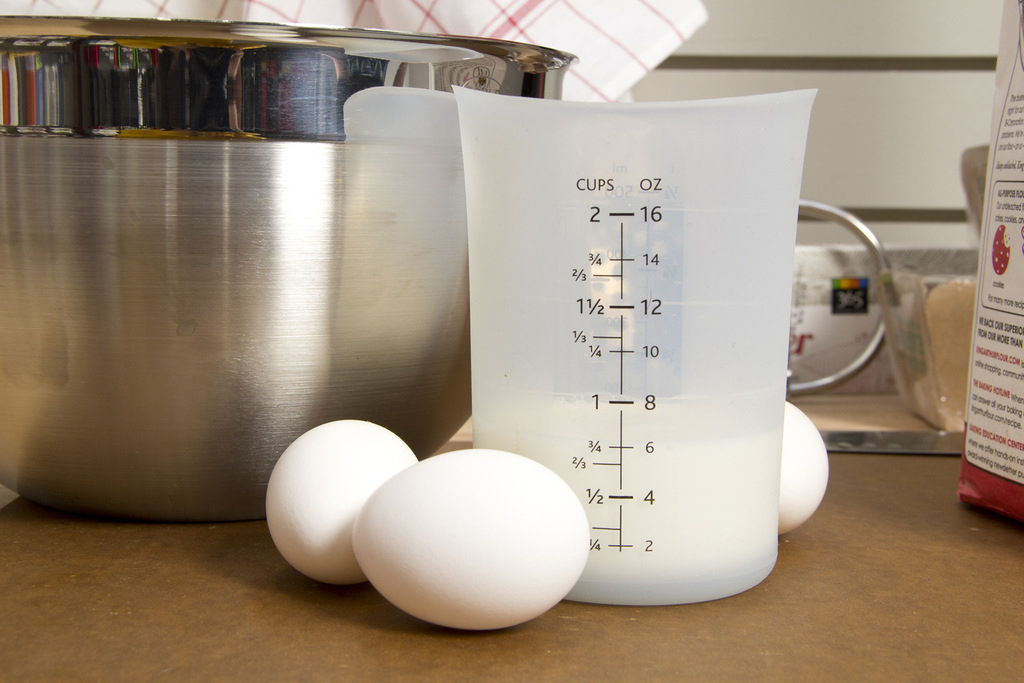
How many fluid ounces are there in a cup? There are exactly 8 fluid ounces (fl oz) in 1 cup.
So, a cup of water, coffee, or milk will always be equal to 8 ounces. Liquids are always comparable in weight and volume due to their similar form. That said, using fluid ounces is the most accurate way to measure them.
Other than taking a peek at our handy conversion chart below, you can also learn how to convert ounces to cups using a simple formula:
Remember that 1 ounce is equivalent to 0.125 cup. So simply multiply the number of ounces by 0.125 cup for this conversion.
Here are some examples:
- 8 fl oz x 0.125 cup = 1 cups
- 16 fl oz x 0.125 = 2 cups
- 24 fl oz x 0.125 = 3 cups
- 32 fl oz x 0.125 cup = 4 cups
READ ALSO: How Many Ounces In a Pint, Exactly?
Liquid Ingredients Conversion Chart
| CUPS (c) | FLUID OUNCES (fl oz) |
| 8 cups | 64 fl oz |
| 4 cups | 32 fl oz |
| 2 cups | 16 fl oz |
| 1 cup | 8 fl oz |
| ¾ cup | 6 fl oz |
| ½ cup | 4 fl oz |
| ¼ cup | 2 fl oz |
The cups to fluid ounces conversion chart above already answers plenty of your questions such as how many ounces there are in a half cup, a third cup, and even a quarter cup. Conversely, if you would like to convert values and vice versa, specifically from cups to ounces, note that 1 cup is equal to 8 fluid ounces.
The formula you can use is to multiply your cup measurement (x) by 8 ounces. As an example, here’s the solution for how many ounces are in a quarter cup, a third of a cup, and a half cup:
- ¼ cup (or 0.25 cup) x 8 fl oz = 2 fl oz
- ⅓ cup (or 0.33 cup) x 8 fl oz = 2.64 or 2.6 fl oz
- ½ cup (or 0.5 cup) x 8 fl oz = 4 fl oz
How Many Dry Ounces in a Cup?
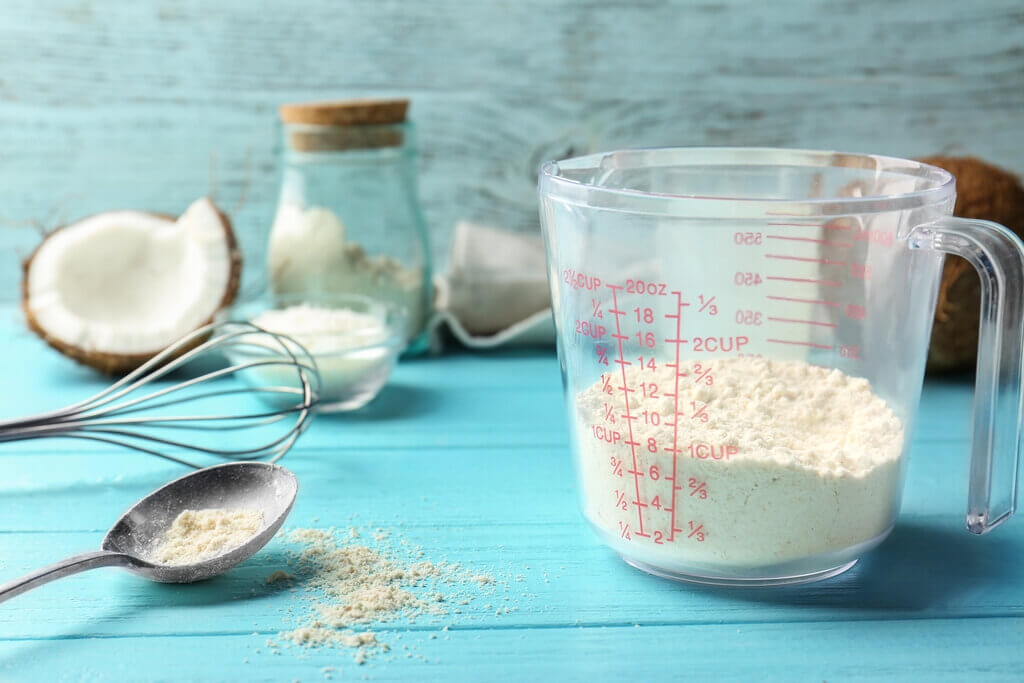
Converting dry ounces to cups isn’t as straightforward as one might wish. As mentioned, most recipes prefer to measure dry ingredients by weight as they tend to differ in volume. Some occupy more space, while some are less considering factors such as shape, size, and form.
You might think 1 cup of any dry ingredient would yield the same weight, but due to compressibility, weight values will vary. Essentially, if a dry ingredient can be easily and firmly pressed into a container (like flour, sugar, and other baking powders) then you can get a better estimate of its weight.
However, with dry goods like chocolate chips or blueberries, the ounce equivalent of a cup may fluctuate depending on the shape and size of the ingredient. These aren’t easily leveled with a scraper, so it’s much better to fill your cup to the brim when measuring such ingredients.
READ ALSO: How Many Ounces Are in a Pint of Blueberries?
Dry Ingredients Conversion Chart
| INGREDIENTS | CUP (c) | OUNCES (oz) | GRAMS (g) |
| Flour | 1 cup | 4 ⅖ to 4 ½ oz | 125 to 127 g |
| Baker’s Special Sugar (superfine sugar, castor sugar) | 1 cup | 6 ¾ oz | 190 g |
| Sugar (granulated white) | 1 cup | 7 oz | 200 g |
| Packed Brown Sugar (light or dark) | 1 cup | 7 ½ oz | 213 g |
| Cheese (coarsely grated cheddar, jack, mozzarella, or Swiss) | 1 cup | 4 oz | 113 g |
| Butter | 1 cup | 8 oz | 227 g |
| Baking Powder | 1 tsp | 0.16 oz | 4 g |
| Baking Soda | ½ tsp | 0.081 oz | 3 g |
| Almond Flour | 1 cup | 3 1/8 oz | 96 g |
| Whole Almonds | 1 cup | 5 oz | 142 g |
| Chocolate Chips | 1 cup | 6 oz | 170 g |
| Chocolate Chunks | 1 cup | 6 oz | 170 g |
| Cacao Nibs | 1 cup | 4 ¼ oz | 120 g |
| Fresh Blueberries | 1 cup | 5 to 6 oz | 140 to 170 g |
| Crushed Graham Crackers | 1 cup | 5 oz | 142 g |
As shown above, our conversion chart shows measurements from cups to ounces to grams for dry ingredients often used in baking. A cup of flour, when measured appropriately, amounts to about 4.5 ounces.
Meanwhile, as sugars are denser than flour, a cup would be heavier in ounces and grams. A cup of packed brown sugar is equal to 7.5 ounces which slightly differs from granulated sugar due to how it’s measured (pressed and packed) as well as its density.
- Scoop the flour with a spoon into the cup rather than directly scooping with the measuring cup. This avoids packing too much flour and gives you a more accurate measurement. Afterward, level the brim with a bench scraper or any flat-edged tool to measure the ingredients properly.
READ ALSO: 12 Best Bench Scrapers For Your Baking Needs
Tools For Measuring Liquid and Dry Ingredients
Another pickle you might have with baking and cooking measurements is how tools differ in value depending on the country you’re in. It’s a known fact that most countries follow the metric system for measurements, while the imperial system is used in the United States.
It’s also important to note that cup size standards can be different across countries. These slight variations won’t really affect most recipes, but if you’re bothered by this you can always check the cup measures before purchasing or using them.
On top of all that, you’re probably wondering if dry and liquid measuring cups are interchangeable. You also might not have fluid measuring cups, dry cups, or measuring spoons in your arsenal. So, in this section, we’ll talk about these essential kitchen tools and whether you can use one in place of another.
Liquid Measuring Cup
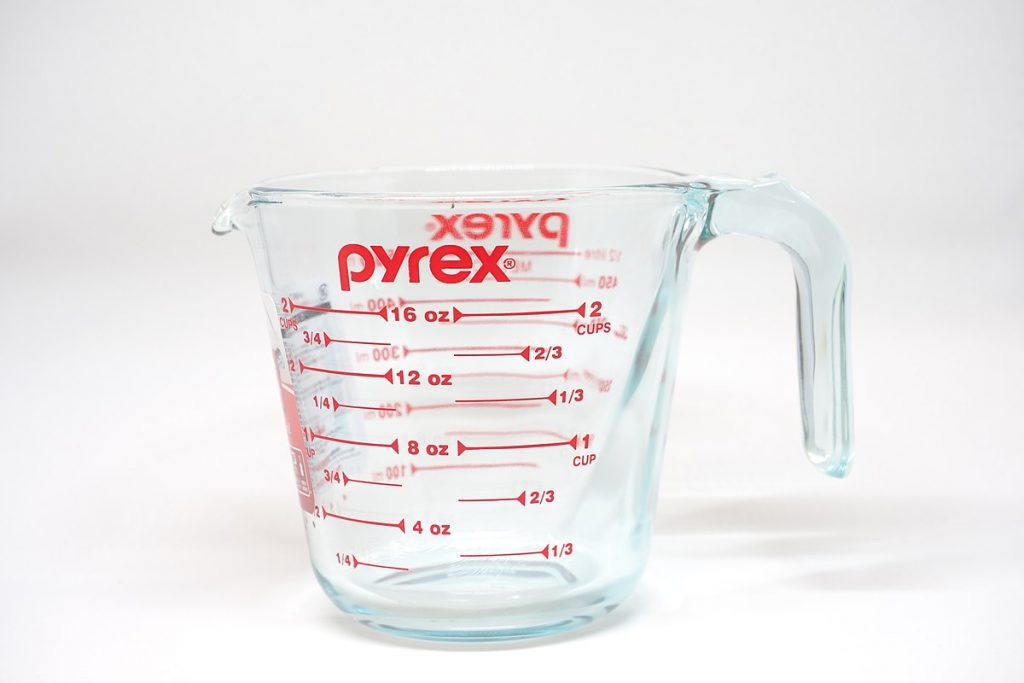
Wikimedia Commons | othree
Liquid measuring cups (also called graduated measuring cups) are used for fluid ingredients like milk, coffee, olive oil, and water. They usually come in plastic or glass with graduated markings that let you see how much liquid you’re pouring.
Cup sizes in US and UK are quite different from each other. So when measuring for fluid ounces, you can expect a slight difference in their values. Simply put, a US Standard is 240 milliliters or 8.11 fluid ounces while UK cups measure 250 milliliters or 8.45 fluid ounces.
Granulated/Dry Measuring Cup
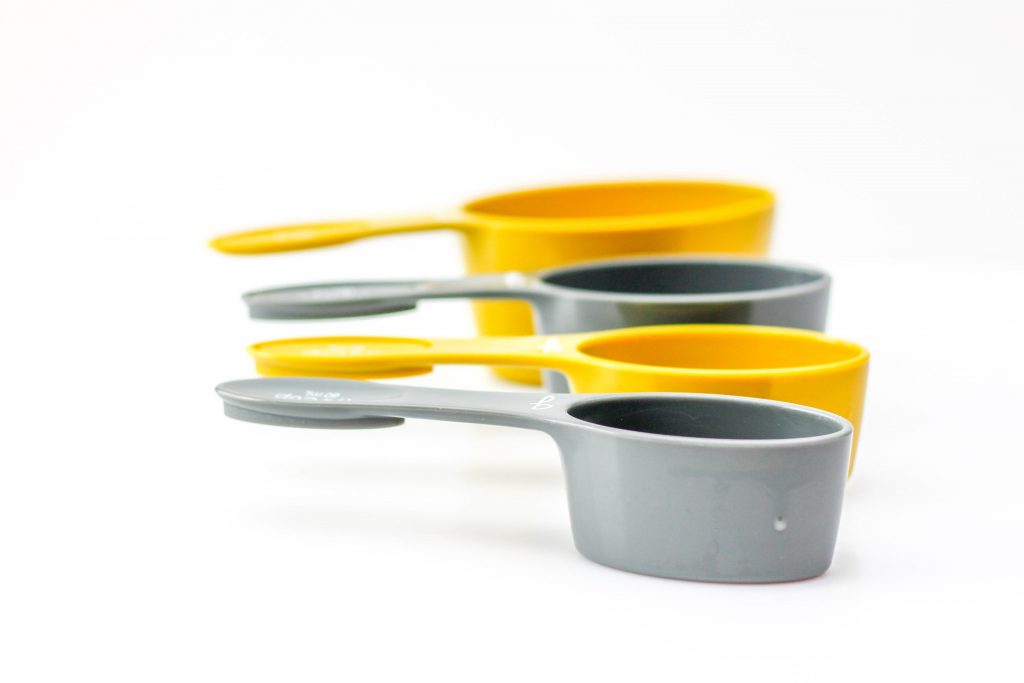
Flickr | Marco Verch Professional Photographer
On the other hand, dry measuring cups are usually made with plastic or metal material. And they also come in several measurements with cup values indicated on the handle.
When using these measuring cups, it would be best to sift your ingredients through a sieve or a baking sifter before measuring them for a more accurate result.
Measuring Spoons
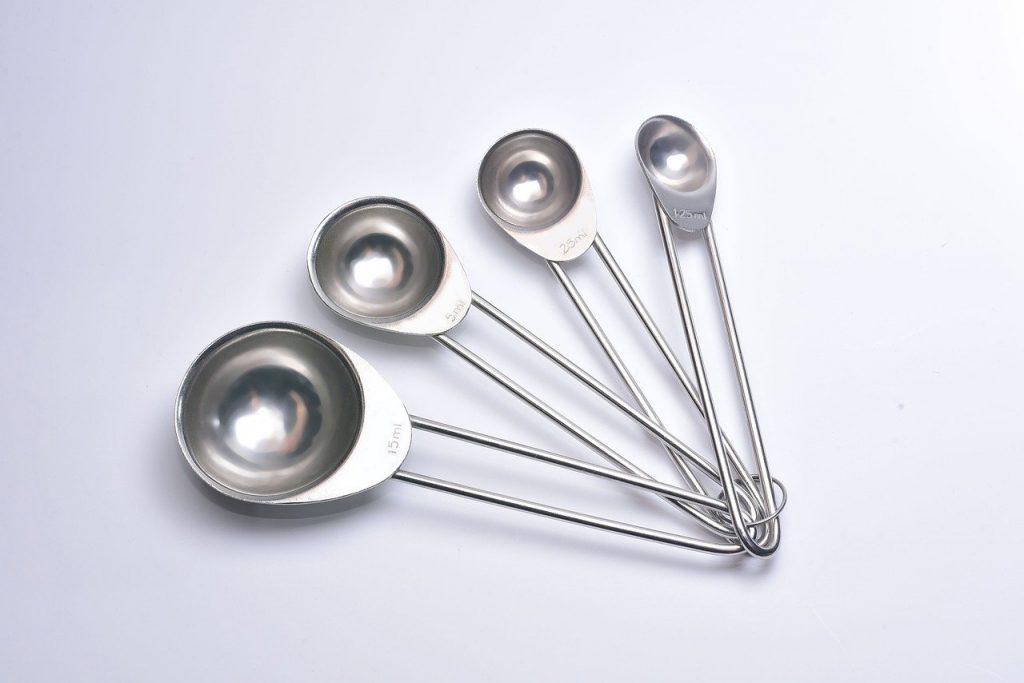
Aside from measurements in dry and wet cups, measuring spoons are also essential tools in the kitchen. These come in tablespoon and teaspoon measurements that a lot of recipes use when listing ingredient quantities. Also, these tools are used for both dry and wet ingredients, without any nuances in values.
Note:
Though it is possible to use a dry cup to measure liquid ingredients and vice versa, it is still recommended to use these tools to the best of their function to yield accurate measurements.
You can indeed measure milk with a dry cup but you would need to fill it to the brim to get an exact cup. With a wet cup, you don’t need to worry about spillage as you only need to follow the measurement line. The liquid cup already has a spout to help pour ingredients.
At the same time, if you use a liquid cup to measure dry ingredients such as flour, you would have a harder time trying to level the ingredients. This is because the structure of a wet cup is different from a dry cup. A dry cup can easily be leveled with a flat edge while a wet cup relies on written lines or labels to measure.
